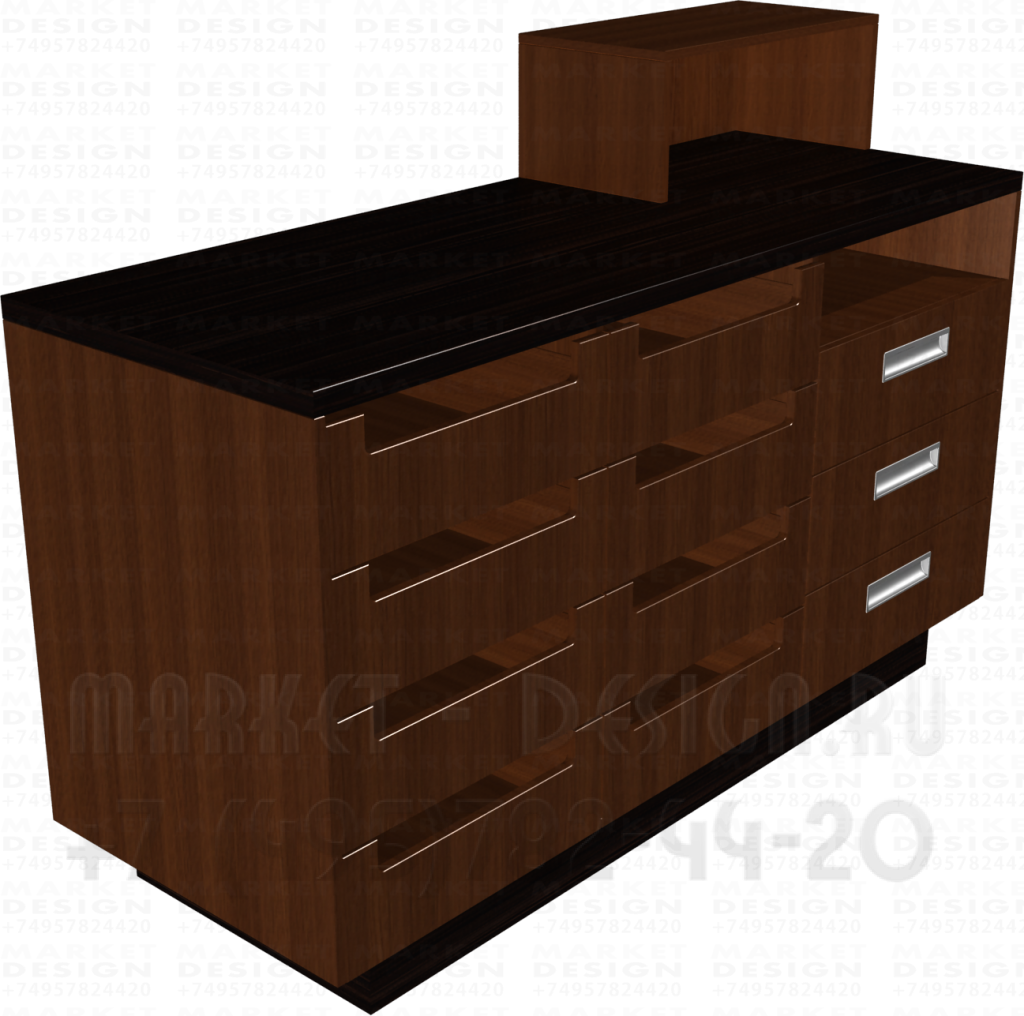Pick An Exhibit Designer for Museums
페이지 정보
작성자 Monty 작성일25-04-16 13:57 조회5회 댓글0건관련링크
본문
When it comes to creating an engaging and effective exhibit for a museum, it's essential to choose the right exhibit designer. A good exhibit designer not only has the skills to visually communicate you want to tell but also understands how to create an immersive experience. In this post, we'll discuss the key considerations to keep in mind when selecting an exhibit designer for your museum.
First and foremost, experience is crucial. Look for exhibit designers who have a proven track record of creating displays for museums or cultural institutions. Consider their body of work and past projects to see if their work aligns your vision and goals. It's also important to ensure they have the necessary expertise in exhibit design, including knowledge of display techniques.
Another critical factor is communication skills. As an exhibit designer works with you and your team, they should be able to clearly communicate their ideas, take into account your input, and provide detailed explanations of their design decisions. Choose a designer who is willing to listen and receptive to input.
In addition to experience and communication skills, consider the designer's passion for narrative and their ability to understand your information. An effective exhibit designer should be able to successfully communicate the story you want to tell, and this requires a strong understanding of the subject matter and the audience's needs. They should also be knowledgeable about museum established guidelines.
Another essential aspect is creativity and flexibility. Museums are constantly changing, and an exhibit designer should be able to adapt to changing circumstances and new information. They should also be able to offer innovative and solutions to complex design challenges.
Collaboration is also key. An exhibit designer should be able to work cooperatively with your team to ensure a cohesive and unified vision for the exhibit. They should be able to manage projects and prioritize tasks.
It's also important to consider the costs and витрины спб купить timelines associated with the project. Choose a designer who is honest about their pricing and can provide reasonable estimates for the project schedule. This will help ensure that the project stays on track and that your budget is honored.
Finally, look for designers who are committed to sustainability and accessibility. Museums have a obligation to create exhibits that are accessible to all visitors, regardless of their needs or cultural background. Choose a designer who shares this pledge and can provide solutions that meet these needs.
In conclusion, choosing the right exhibit designer for your museum is a crucial decision that requires careful consideration of several key factors. By prioritizing experience, communication skills, passion for storytelling, creativity, collaboration, budget-friendliness, and commitment to sustainability and accessibility, you can ensure that your exhibit meets the high standards of your institution and engages and inspires your audience.
First and foremost, experience is crucial. Look for exhibit designers who have a proven track record of creating displays for museums or cultural institutions. Consider their body of work and past projects to see if their work aligns your vision and goals. It's also important to ensure they have the necessary expertise in exhibit design, including knowledge of display techniques.
Another critical factor is communication skills. As an exhibit designer works with you and your team, they should be able to clearly communicate their ideas, take into account your input, and provide detailed explanations of their design decisions. Choose a designer who is willing to listen and receptive to input.
In addition to experience and communication skills, consider the designer's passion for narrative and their ability to understand your information. An effective exhibit designer should be able to successfully communicate the story you want to tell, and this requires a strong understanding of the subject matter and the audience's needs. They should also be knowledgeable about museum established guidelines.
Another essential aspect is creativity and flexibility. Museums are constantly changing, and an exhibit designer should be able to adapt to changing circumstances and new information. They should also be able to offer innovative and solutions to complex design challenges.
Collaboration is also key. An exhibit designer should be able to work cooperatively with your team to ensure a cohesive and unified vision for the exhibit. They should be able to manage projects and prioritize tasks.
It's also important to consider the costs and витрины спб купить timelines associated with the project. Choose a designer who is honest about their pricing and can provide reasonable estimates for the project schedule. This will help ensure that the project stays on track and that your budget is honored.
Finally, look for designers who are committed to sustainability and accessibility. Museums have a obligation to create exhibits that are accessible to all visitors, regardless of their needs or cultural background. Choose a designer who shares this pledge and can provide solutions that meet these needs.
In conclusion, choosing the right exhibit designer for your museum is a crucial decision that requires careful consideration of several key factors. By prioritizing experience, communication skills, passion for storytelling, creativity, collaboration, budget-friendliness, and commitment to sustainability and accessibility, you can ensure that your exhibit meets the high standards of your institution and engages and inspires your audience.

댓글목록
등록된 댓글이 없습니다.